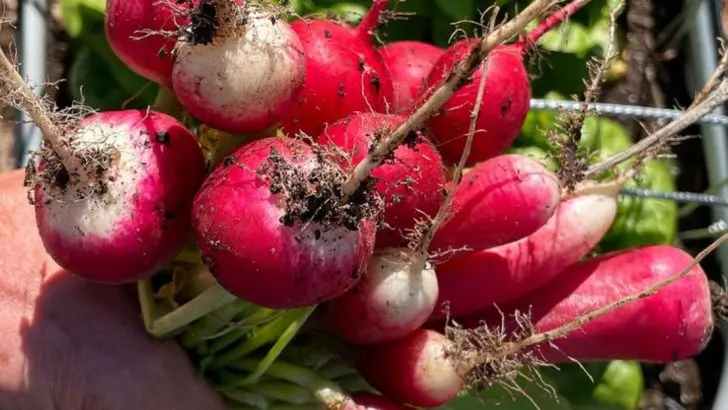Fast-growing vegetables are great—until they take over every inch of your garden. Some popular varieties can sprawl, smother neighboring plants, or require constant control. But there are vegetables that offer quick harvests without the chaos, keeping your garden balanced and productive.
These plants grow rapidly yet stay compact, well-behaved, and easy to manage, making them perfect for small spaces, raised beds, or mixed plantings. You get the joy of fast results without battling a jungle of vines or roots.
In this article, discover 10 vegetables that grow fast but don’t take over your garden—so you can enjoy a thriving, orderly harvest all season long.
Radish
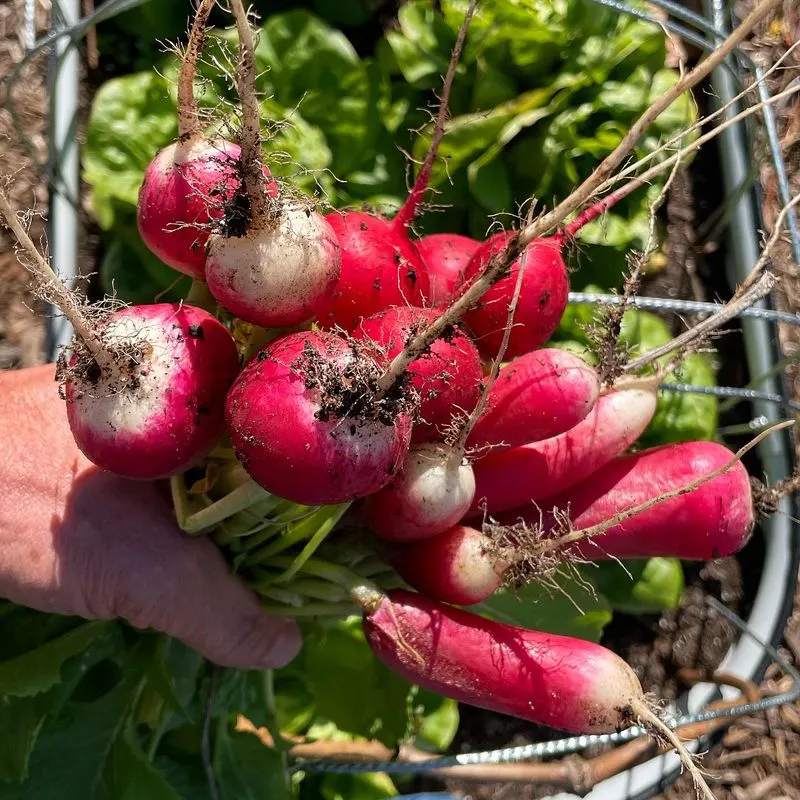
Ever wondered which vegetable could transform a salad in just weeks? Radishes are your answer. These spicy roots mature in as little as 20 days, providing a swift harvest. They’re perfect for gardeners looking to make quick returns on their efforts. Not only are they fast, but their shallow roots ensure they don’t crowd out neighbors in the garden. Plant them in succession, and you’ll have a continuous supply throughout the season. Interestingly, radishes were among the first vegetables cultivated in space, proving their resilience and ease of growth.
Lettuce
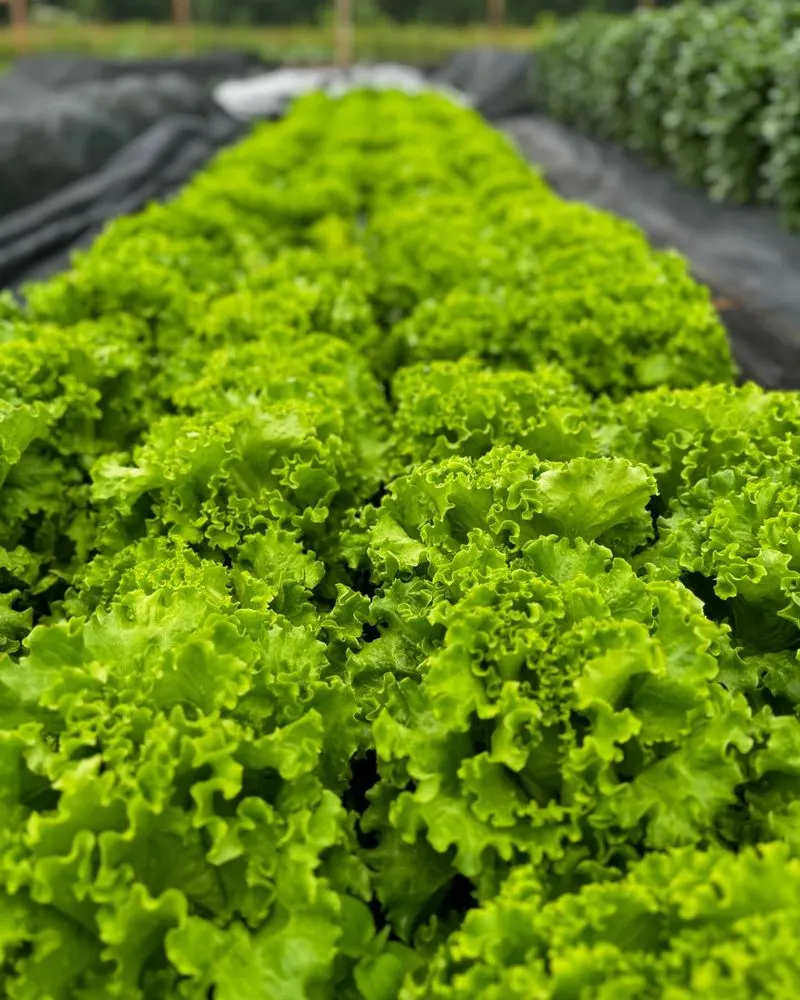
Imagine plucking fresh, crisp leaves for a salad within a month. Lettuce offers just that. Its rapid maturity makes it a favorite among gardeners eager for quick results. Unlike some garden invaders, lettuces have a non-aggressive root system. This allows them to coexist peacefully with other crops, preventing overgrowth. Besides its speed, lettuce adapts well to both sunny and partially shaded areas. Fun fact: Ancient Egyptians believed lettuce had magical powers, often linking it with fertility and health.
Spinach
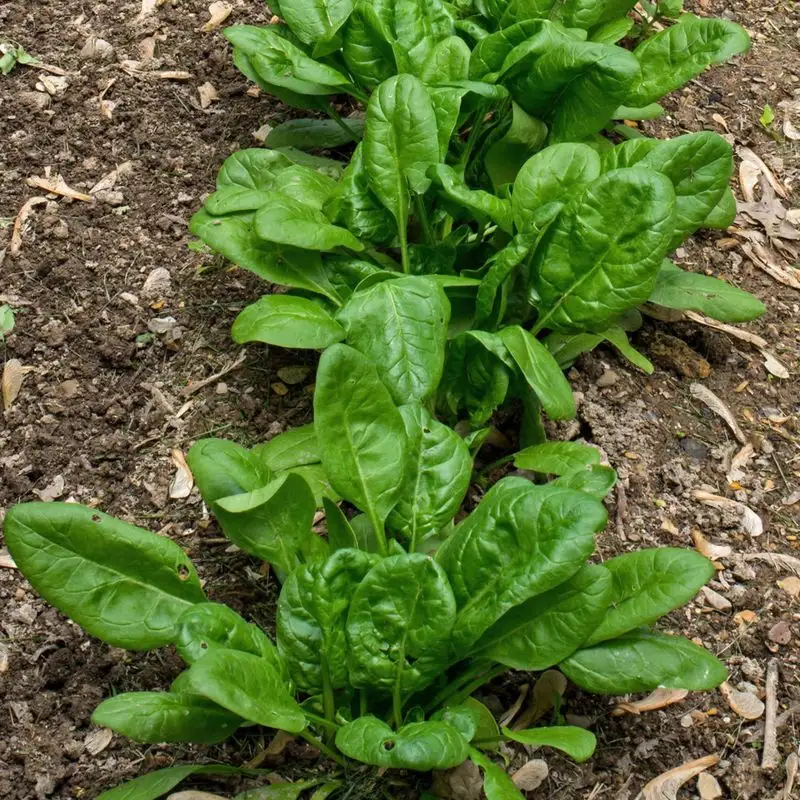
Spinach, the powerhouse of nutrients, grows quickly and effortlessly. In just 30 days, you can have a crop ready for your culinary adventures. Its compact nature ensures it remains within its boundaries, avoiding garden domination. Spinach thrives in cooler temperatures, making it a versatile choice for early spring or fall planting. From salads to stews, its uses are endless. Did you know? In the 16th century, spinach was called “the Spanish vegetable,” reflecting its popularity in Spanish cuisine.
Green Onions
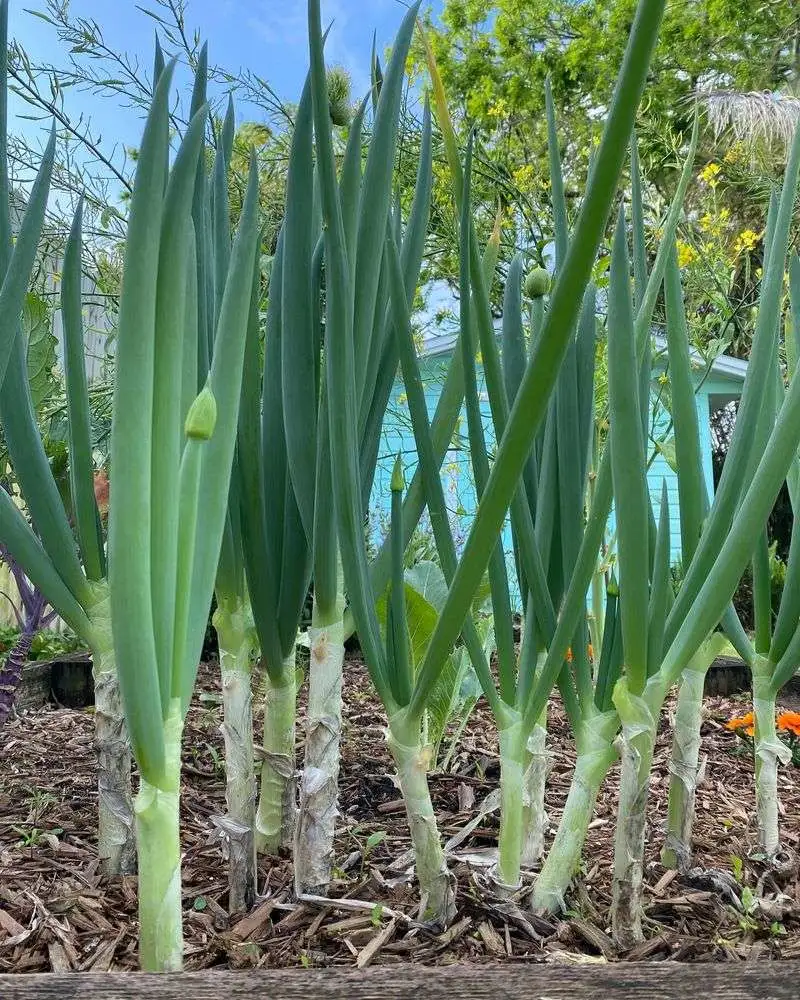
Want a vegetable that adds a punch of flavor without waiting long? Green onions grow swiftly and can be harvested in mere weeks. These slender alliums fit snugly into small garden spaces, ensuring they don’t overshadow other plants. They’re perfect for urban gardens where space is at a premium. Green onions are often called “spring onions,” highlighting their seasonal preference. Whether added to soups or garnishes, they offer a fresh, mild taste. Historically, they’ve been grown for over 2,000 years, tracing back to Chinese gardens.
Arugula
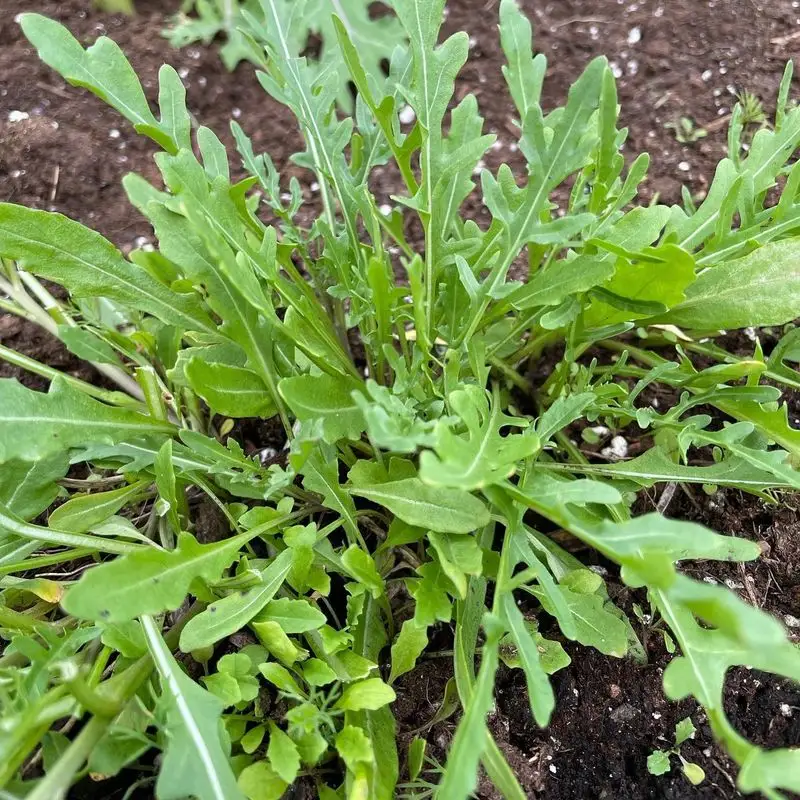
For those seeking a peppery kick in their dishes, arugula emerges as a top choice. Within 30 days, its spicy leaves are ready for harvesting. This leafy green is known for its compact growth, making it ideal for smaller gardens. Arugula is often associated with Mediterranean cuisine, adding zest to salads and pizzas. Unlike sprawling plants, it respects its neighboring crops, ensuring harmony in the garden. Curiously, arugula has been cultivated since Roman times and was traditionally considered an aphrodisiac.
Bok Choy
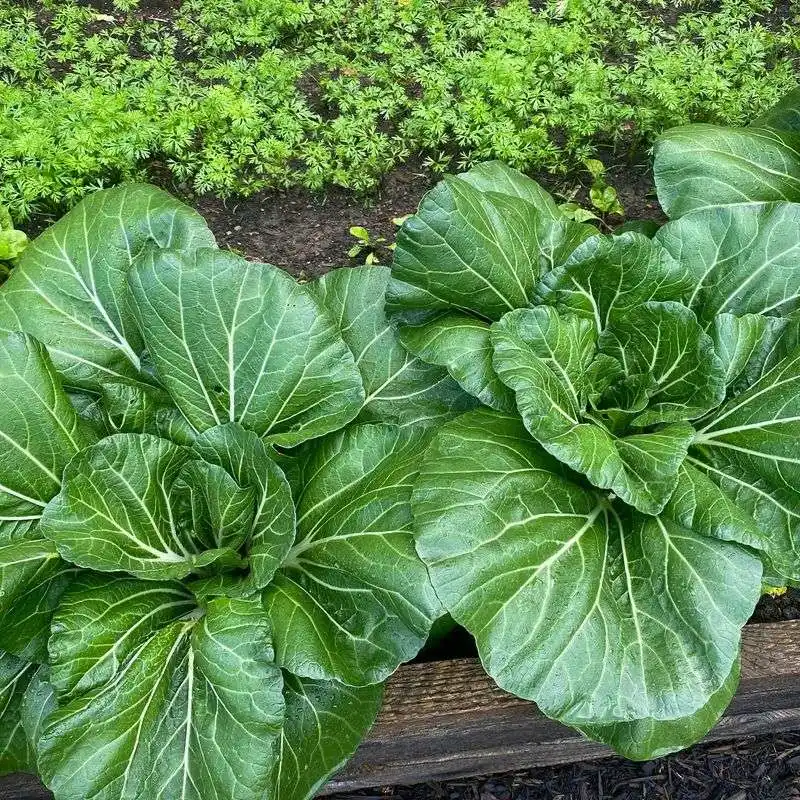
Bok choy’s crisp texture and mild flavor make it a favorite in stir-fries. Remarkably, it matures in about 45 days, offering a quick harvest. Its upright growth pattern ensures it doesn’t encroach on neighboring plants. Bok choy thrives in cooler climates, making it a great choice for spring or fall gardens. Notably, its Chinese name translates to “white vegetable,” referencing its white stalks. Historically, it has been a staple in Asian cuisines for centuries, valued for its nutritional benefits.
Swiss Chard

Swiss chard is a vibrant addition to any garden, offering both color and nutrition. Ready for harvest in about 50 days, it presents a continual source of greens. Its large, colorful leaves make it visually appealing, yet it remains well-behaved in small gardens. Perfect for salads, sautés, and more. Interestingly, Swiss chard is not Swiss at all; its origins trace back to the Mediterranean region. Today, it stands out in gardens for both its beauty and utility.
Kale
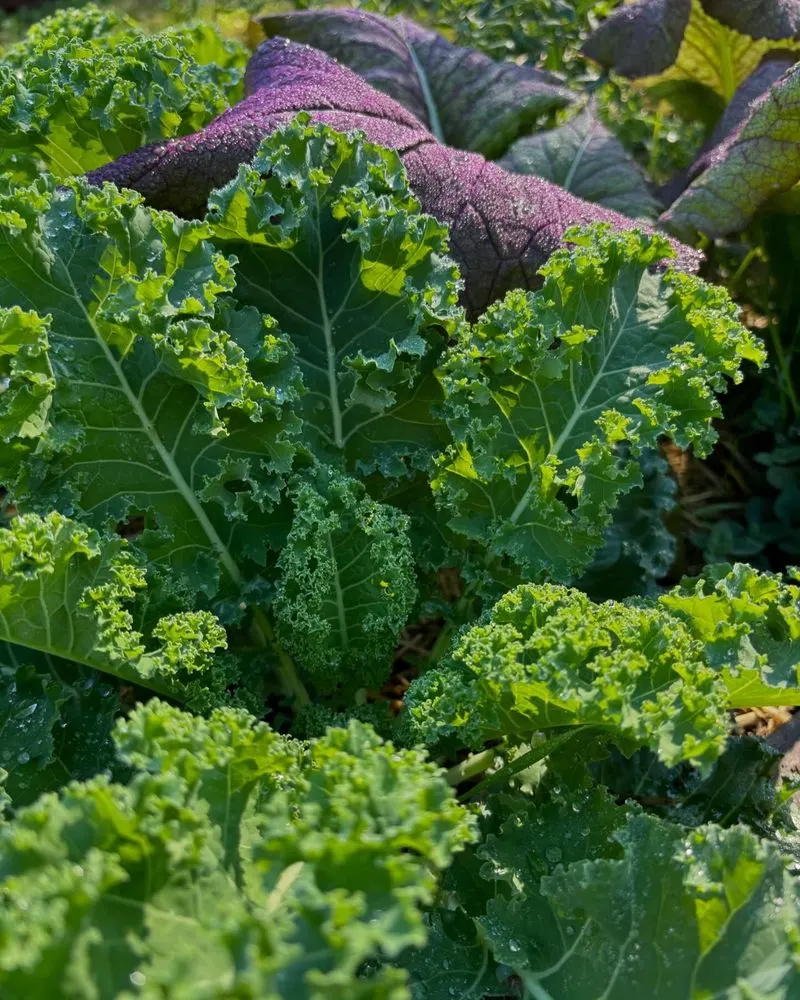
Kale’s popularity has surged recently, thanks to its health benefits and versatility. Within 60 days, you can enjoy its robust leaves. Its vertical growth allows it to fit into small spaces without overwhelming them. Kale is cold-hardy, making it suitable for various climates, extending its growing season. From smoothies to chips, its culinary uses are diverse. Did you know? Kale was so valued in ancient Rome that it was often grown in the emperor’s private gardens, highlighting its esteemed status.
Peas

Peas add sweetness to dishes and charm to gardens. Within 60 days, their pods are ready for picking. These climbers don’t take up much ground space, growing vertically with support. Peas prefer cooler seasons, thriving in spring or fall gardens. Their versatility in cooking, from soups to stir-fries, is unmatched. Historically, peas have been part of human diets since ancient times, with evidence of their cultivation in Egyptian tombs. Today, they remain a beloved garden staple for their ease of growth.
Turnips
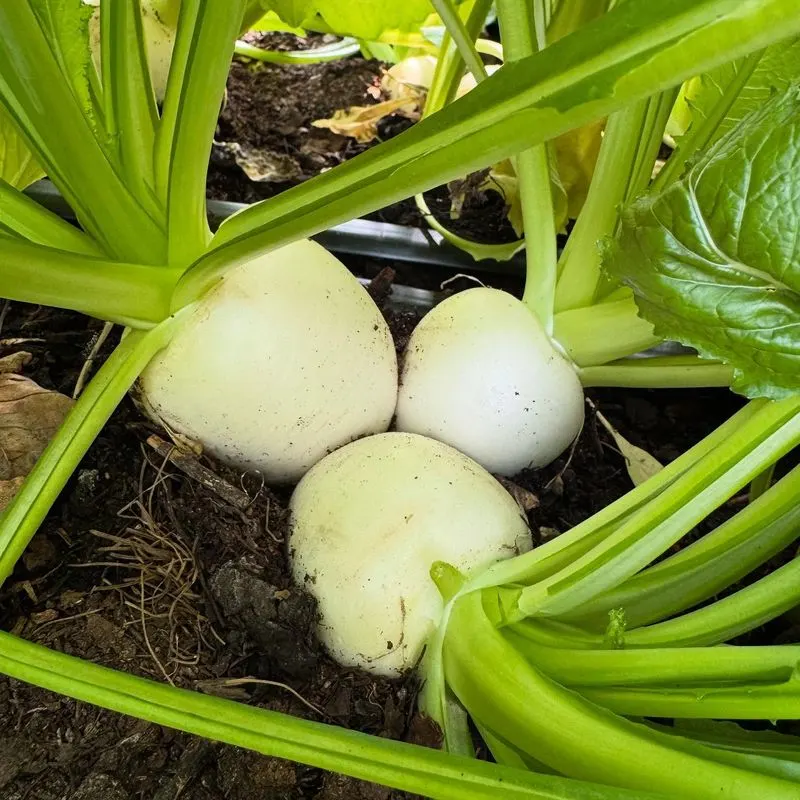
Turnips offer a dual harvest: both roots and greens are edible. Maturing in about 60 days, they are a swift addition to gardens. Their compact growth means they won’t overrun other plants. Turnips thrive in cooler weather, making them ideal for early spring or fall planting. Interestingly, during World War II, turnips became a staple in Britain, providing essential nutrition when food was scarce. Today, they continue to be a reliable choice for home gardens, offering versatility in the kitchen.

